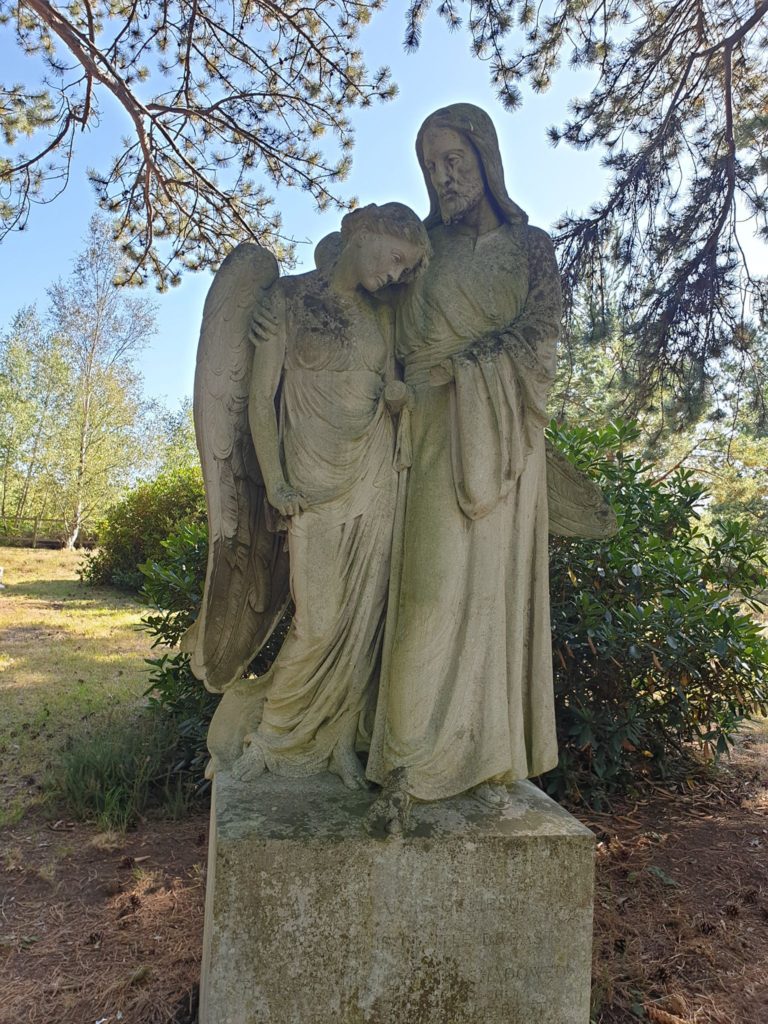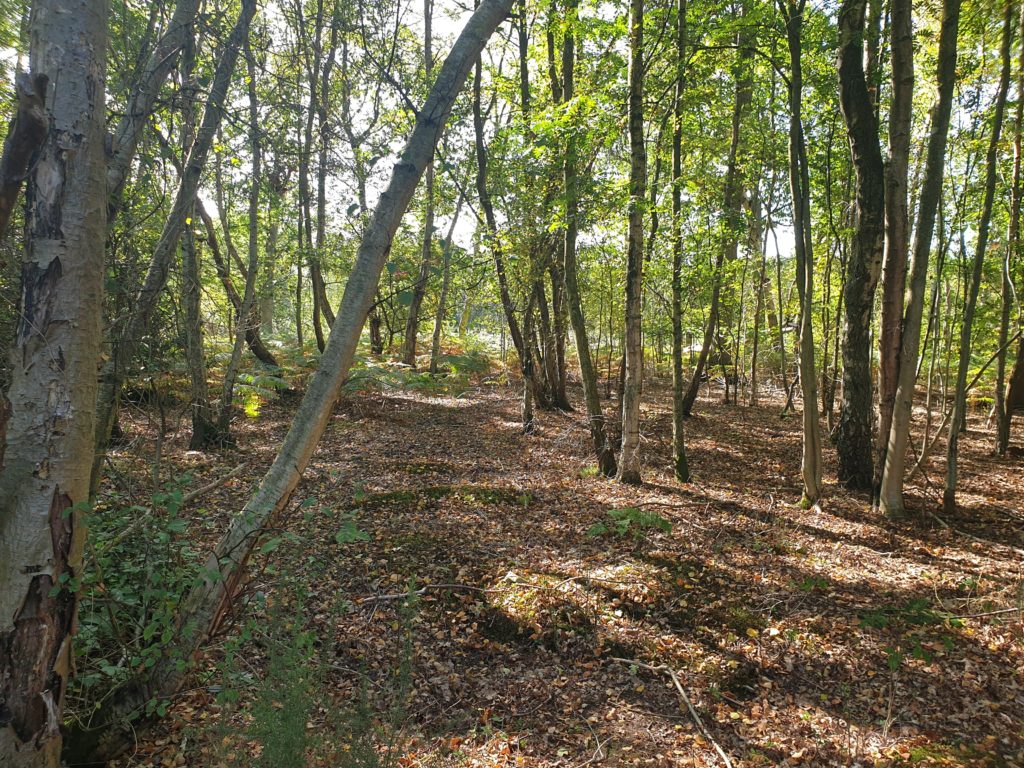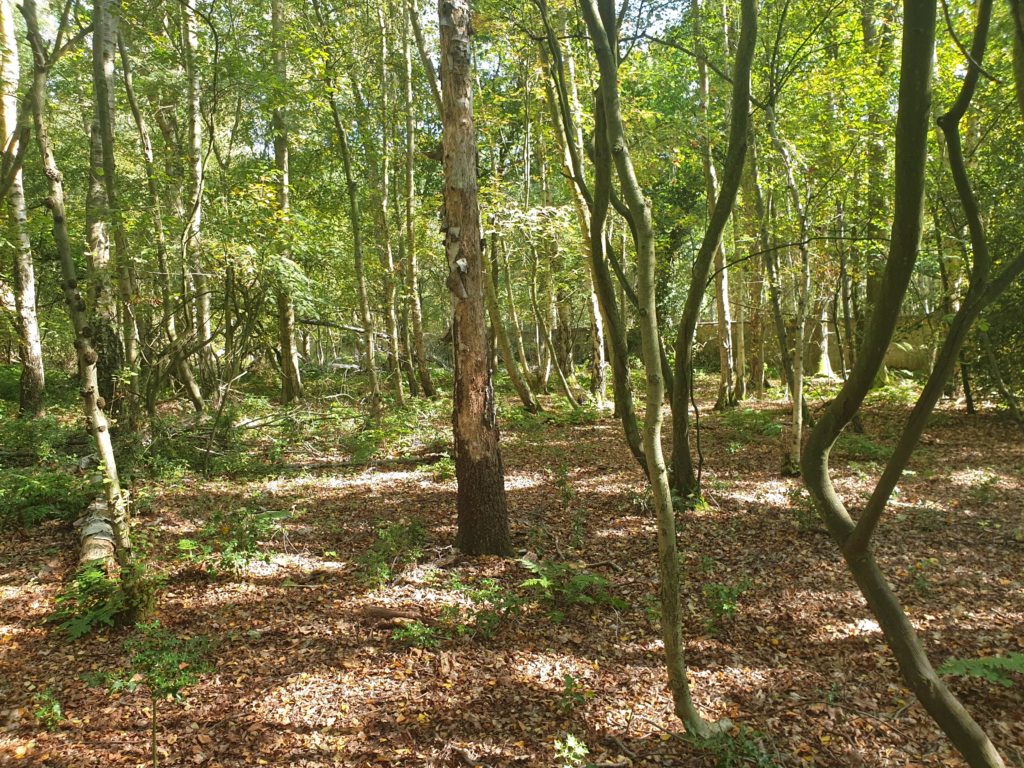“But in this world nothing can be said to be certain, except death and taxes” – Benjamin Franklin
The Institutional History Society has spent considerable time documenting the lives of inmates at Woking Convict Invalid Prison but we have often overlooked one key facet of their existence: that is it say their deaths.
The Victorians had a fondness for death or, rather, a reverence for and the commemoration of, the deceased. A fact that is hardly surprising given the mortality rates. In 1850, 1 in every 200 births resulted in the death of the mother and even infant mortality was 165 deaths per 1,000. With death such an ever present spectre from cradle to grave, the Victorians came up with novel ways of remembering their loves ones. Memento Mori rings were worn by everyone from royalty down to the very poorest. These rings depicting skulls or other symbols of death were a constant reminder of lost loved ones, and a reminder of personal mortality. People kept lockets containing the deceased’s hair, their hand me downs, anything to preserve a person gone before their time. Nor were commemorations just kept upon the person, cemeteries were also a crucial away of celebrating their lives.

In London, space was at a premium, both above and below ground overcrowding was rife. Many graveyards had resorted to “standing room only”. There just wasn’t enough room to bury people traditionally. In 1849 the London Necropolis Company decided to utilise the new and exciting iron horses (that is to say, the train lines) to set up a larger necropolis far away from the finite space and enclosed boundaries of central London. In 1852, Government passed a bill for the purchase of over 2,000 acres of heathland from Lord Arthur George Onslow the third earl of Onslow. Work began immediately and Brookwood Cemetery, once the largest cemetery in the world, opened to the public on the 13th of November 1854.
A dedicated train line served the cemetery, from the London Necropolis Railway Station (next to Waterloo) direct to Brookwood, ferrying bodies to their final resting place. They offered 3 classes of burials which meant three classes of carriage for both mourners and caskets.
First class paid significantly more, and could set a large monument should they wish to. Second, paid less but were allowed to erect a headstone, and third class, paid for by the local parish only suitable for the truly destitute allowed for no headstone, just possibly a wooden marker.
In two overgrown areas of the giant necropolis, the paupers of London, both Anglican, and Non-Conformist, found their rest. And here, amongst the hillocks, brambles, and briars, were buried those inmates of Woking Convict Invalid Prison who expired during their sentence.

We had the pleasure of being shown around the site by a man who has volunteered here for over 30 years and runs many of their public talks. Barry Devonshire, a veritable treasure trove of information. As he lead us through the undergrowth, he pointed out how to spot the unmarked graves, rather a difficult task unless you knew exactly what to look for! It was soon evident that each line of sunken ground housed a life, a person with hopes, aspirations, and at one point mourners. People who regretted their loss.
As we delve through the records of our institutions, it is clear that some of our convicts will have been buried not too far from their victims. The standard process of burying on a first come first serve basis for the paupers (aside from those with specific religious requirements or from a parish with its own plot) meant that the Anglicans from London workhouses, or those without the means to pay for a burial, were mixed with the deceased from Woking. Those who preyed on the innocent, will lay side by side for an eternity with those who had the misfortune to meet them. United in life, united in death: a sobering revelation.

There’s still a huge amount of work to do, many hours of research ahead of us, and the team at Brookwood. Almost every pauper’s grave is unmarked, undated, and thus very difficult to pin to a specific person or, indeed, period. But, through our combined efforts and resources, it’s something that we can work towards documenting and eventually solving.
We highly recommend going to one of The Brookwood Cemetery Society’s walks, held on the First Sunday of every month, from March until November. The next, on the 6th of October lead by Barry, follows the victims and perpetrators of some of the 19th century’s most brutal crimes. For more information, have a look at their website here, http://www.tbcs.org.uk/walks.HTM.
So am I correct to asume that the site of Woking Prison ,
was where Brookwood Mental Hospital was later built ? ( now demolished and redeveloped into to residential estate )
Thank you .
Good morning!
Brookwood was built by the inmates of Woking Prison, and whilst close it’s not the same site. Woking prison site is now occupied by the John’s School and the Knaphill estate.
Hope that helps to make some sense of the layout, but let me know if you want to know anything else!
Thanks,
Gem